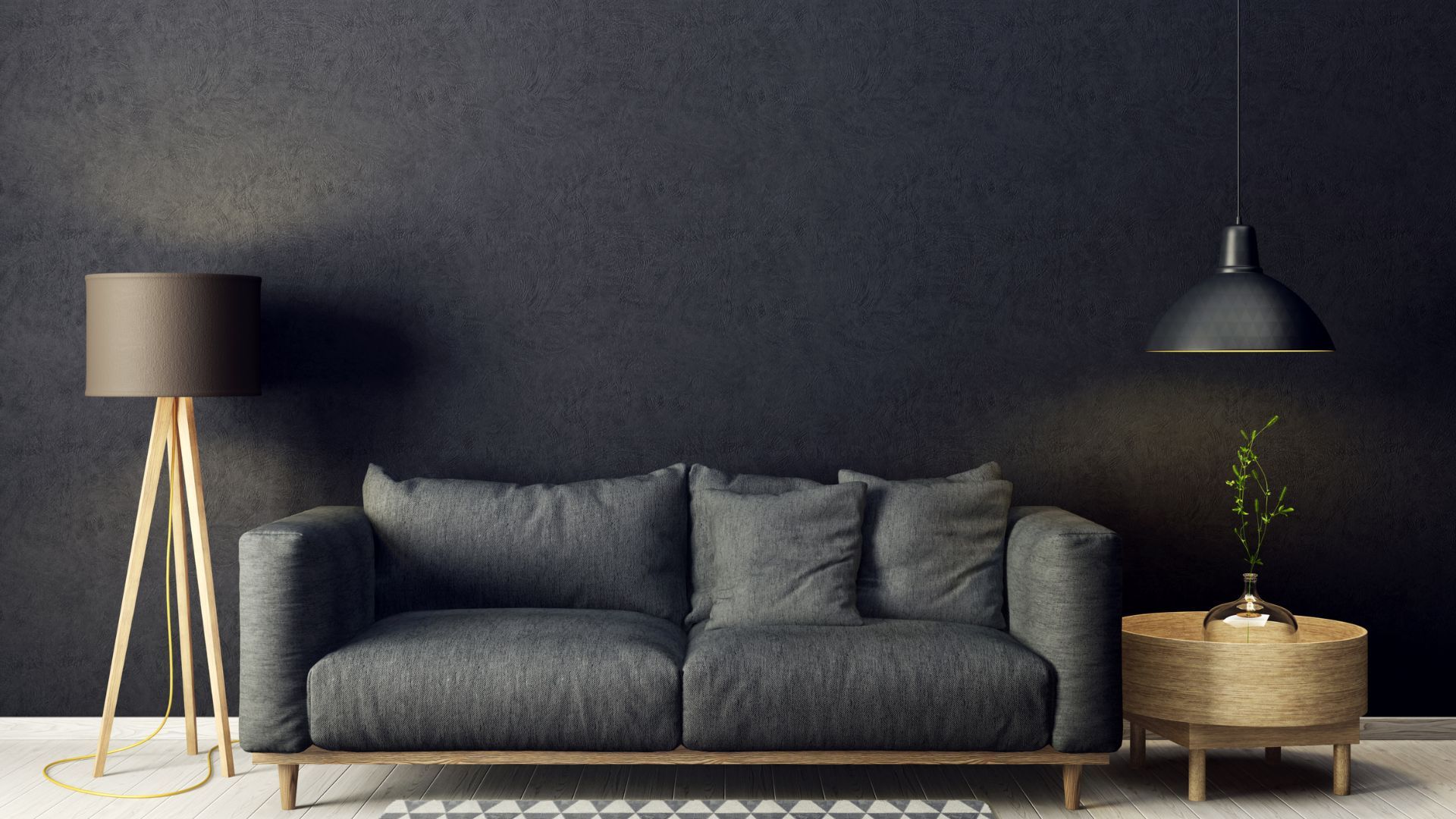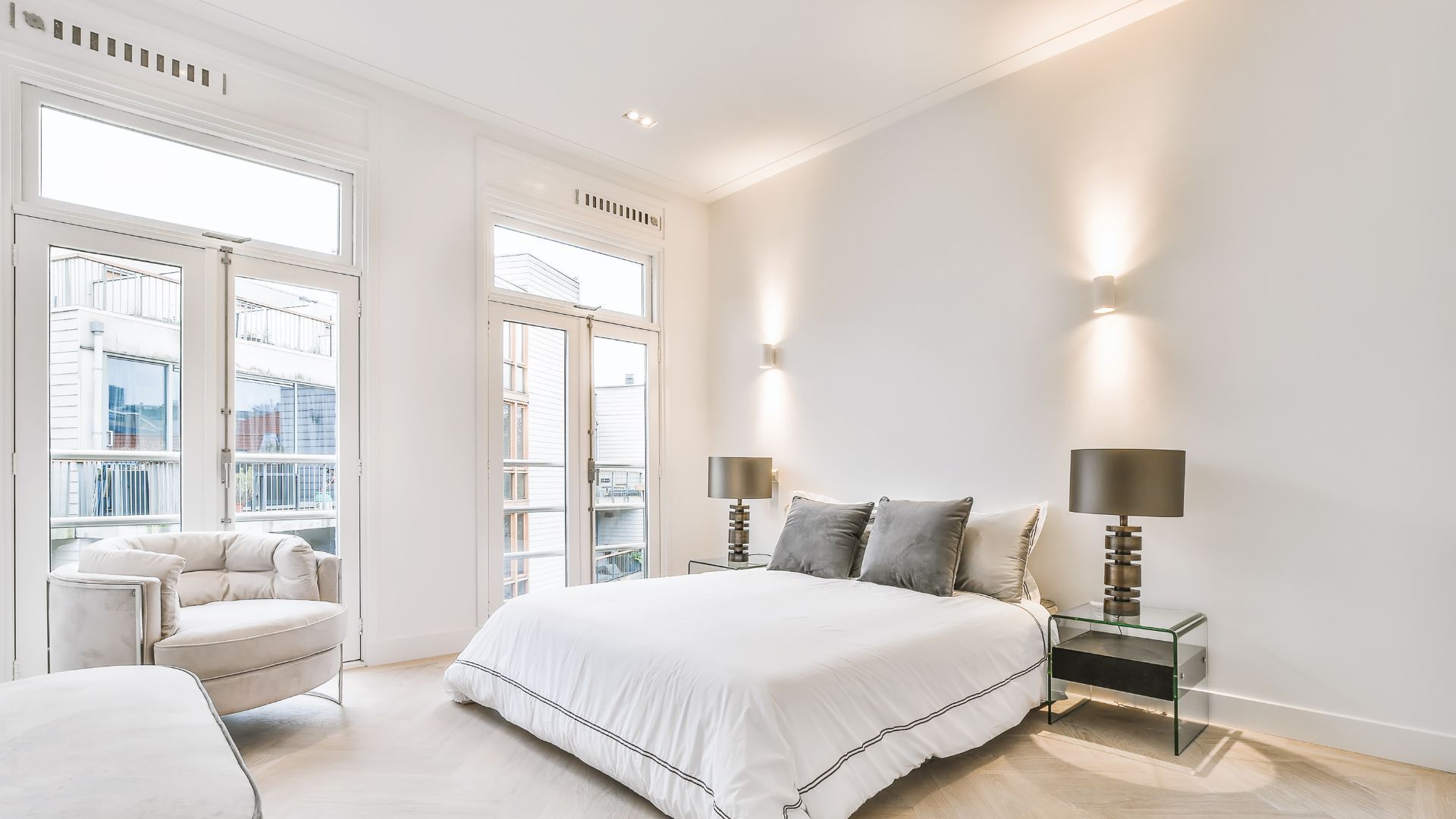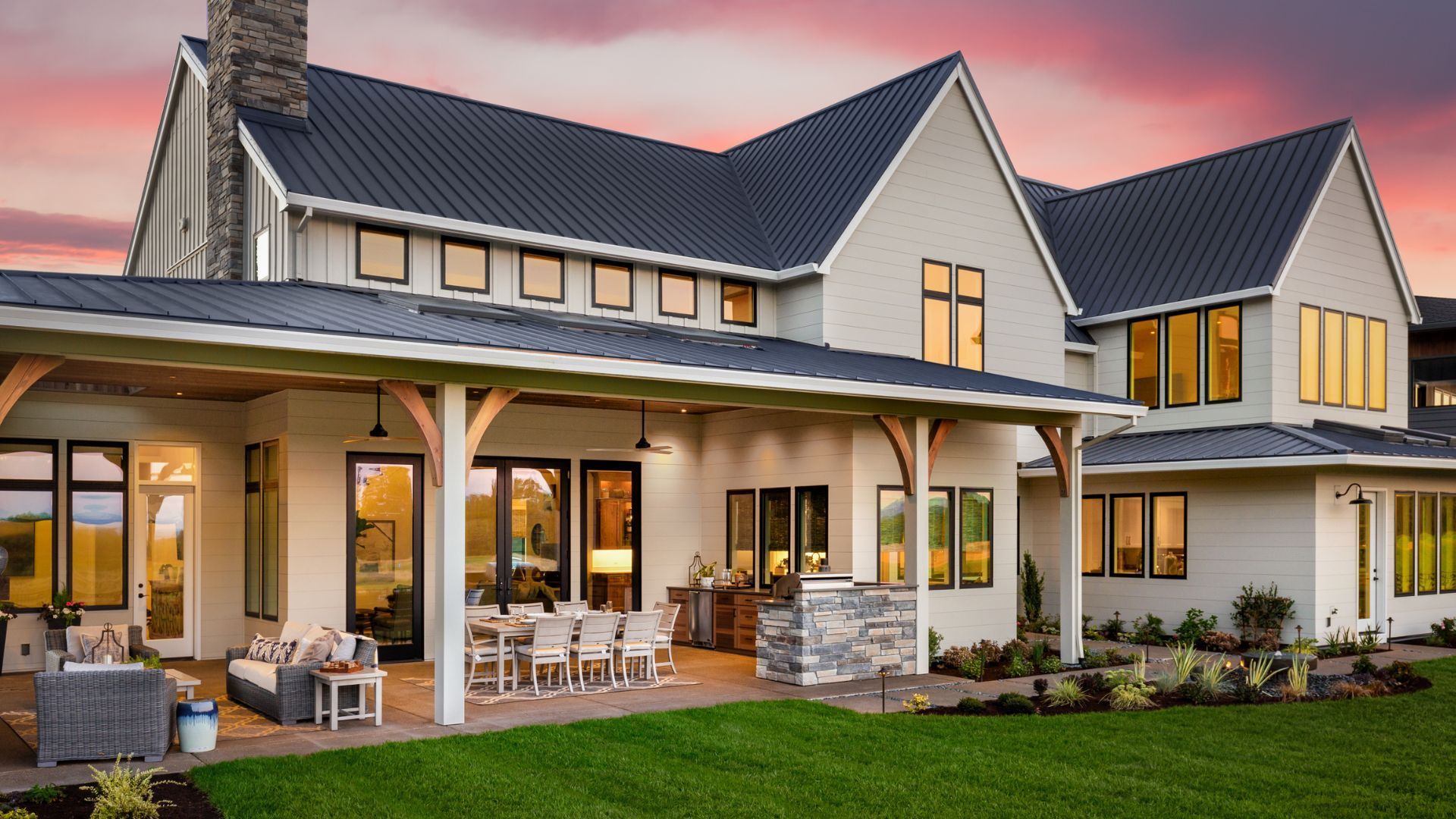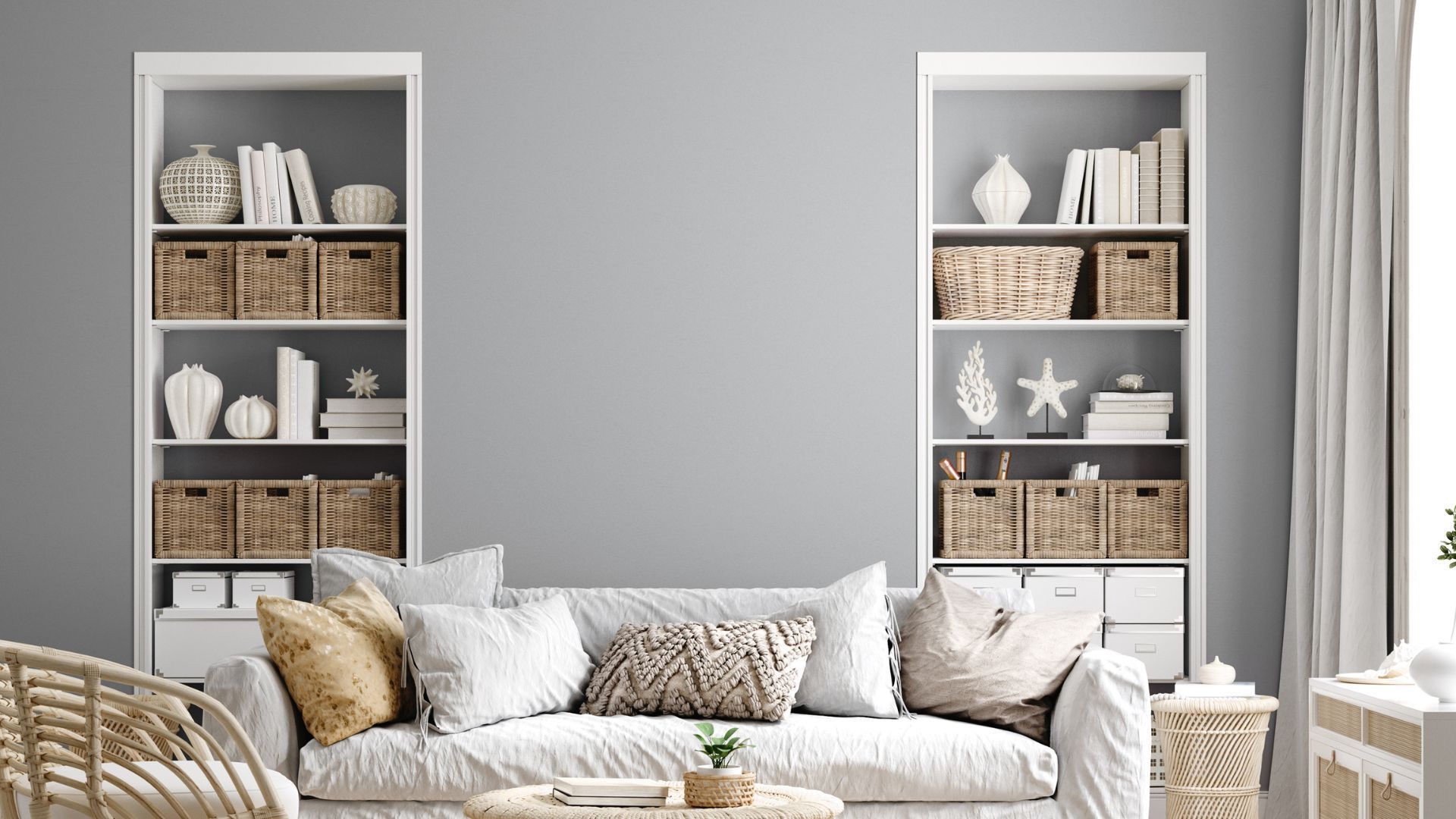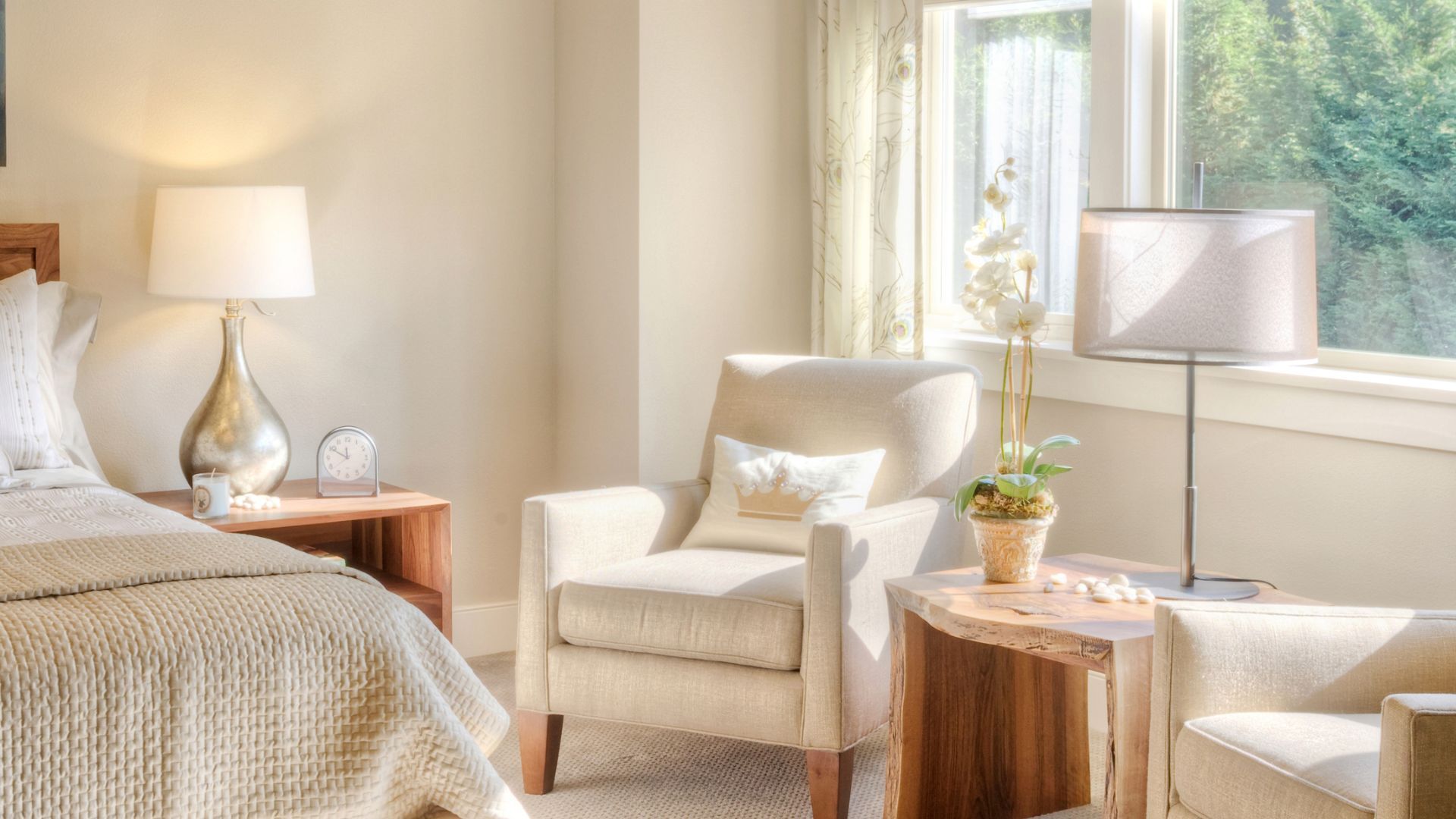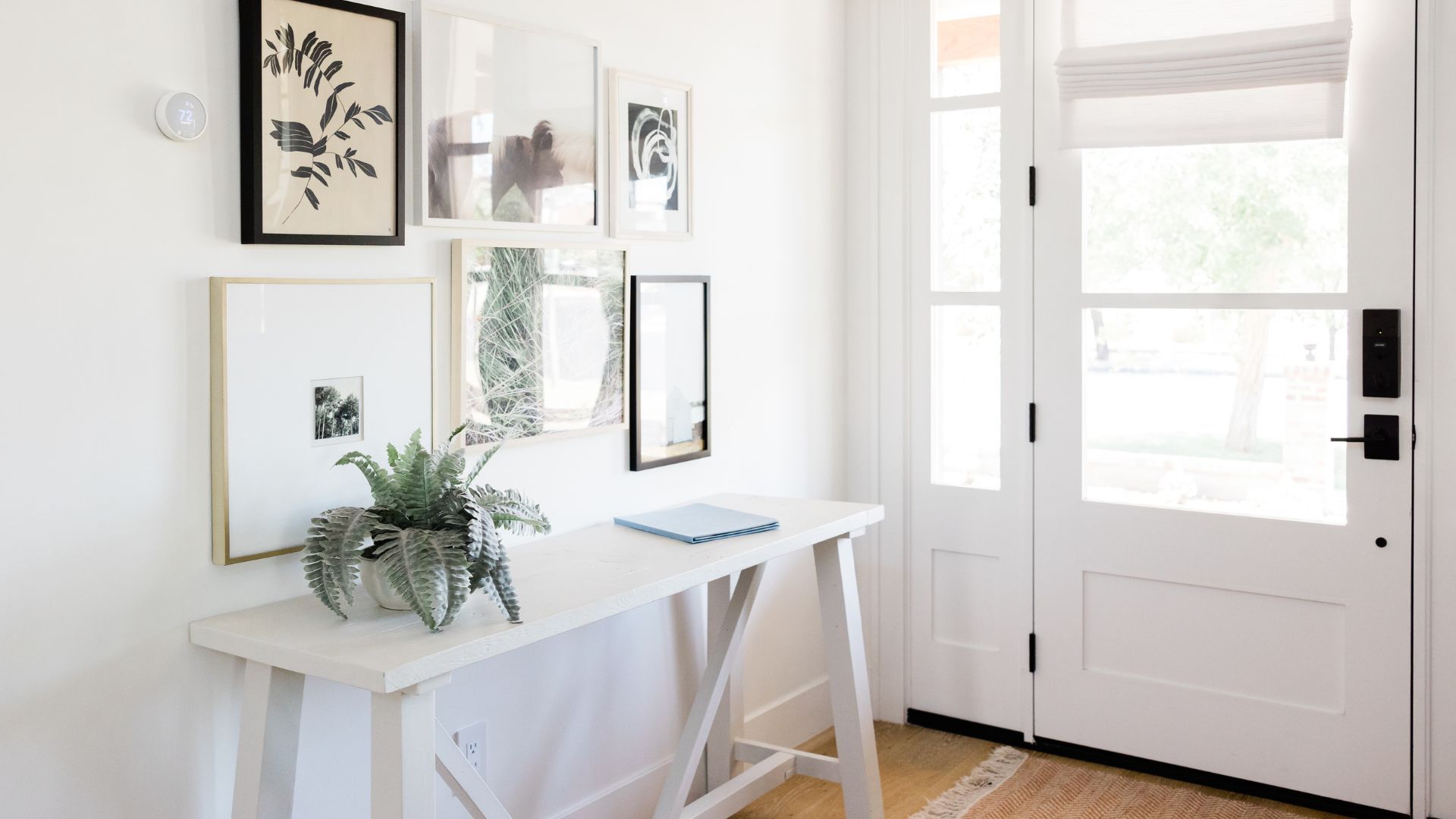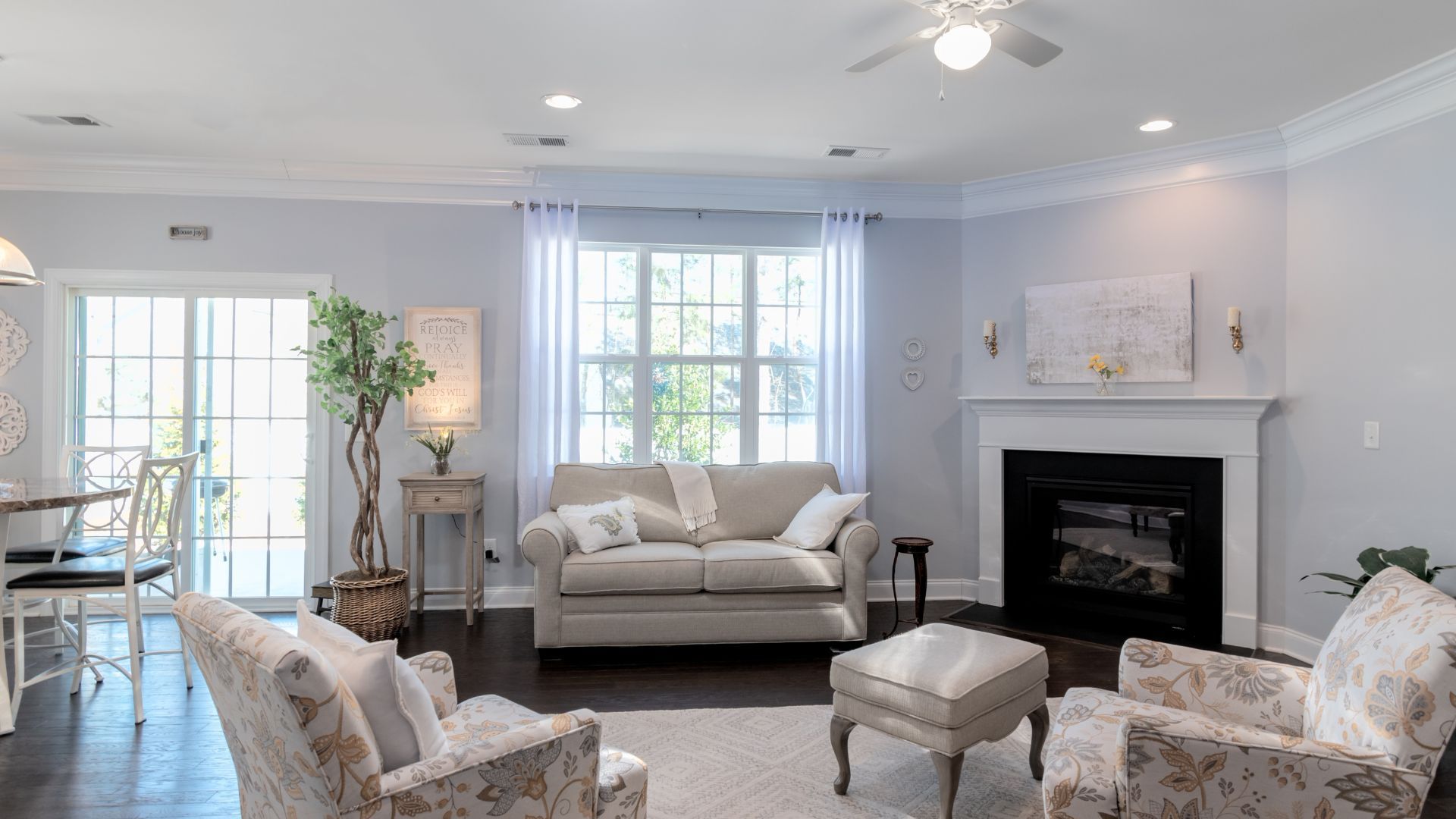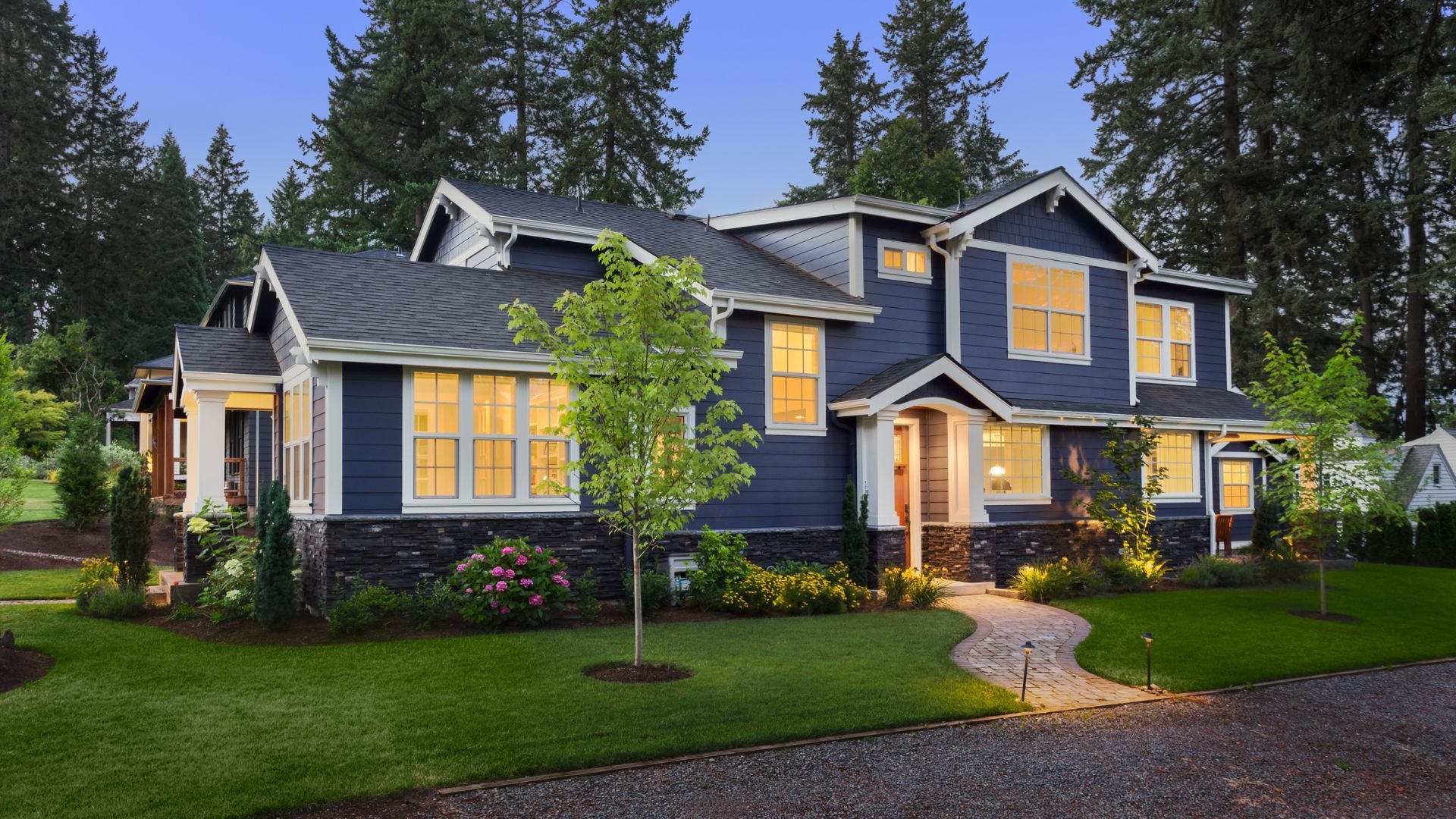Interior Paint Options for Stunning Rhode Island Homes
Interior Paint Options for Stunning Rhode Island Homes: Top Colors, Brands, and Services
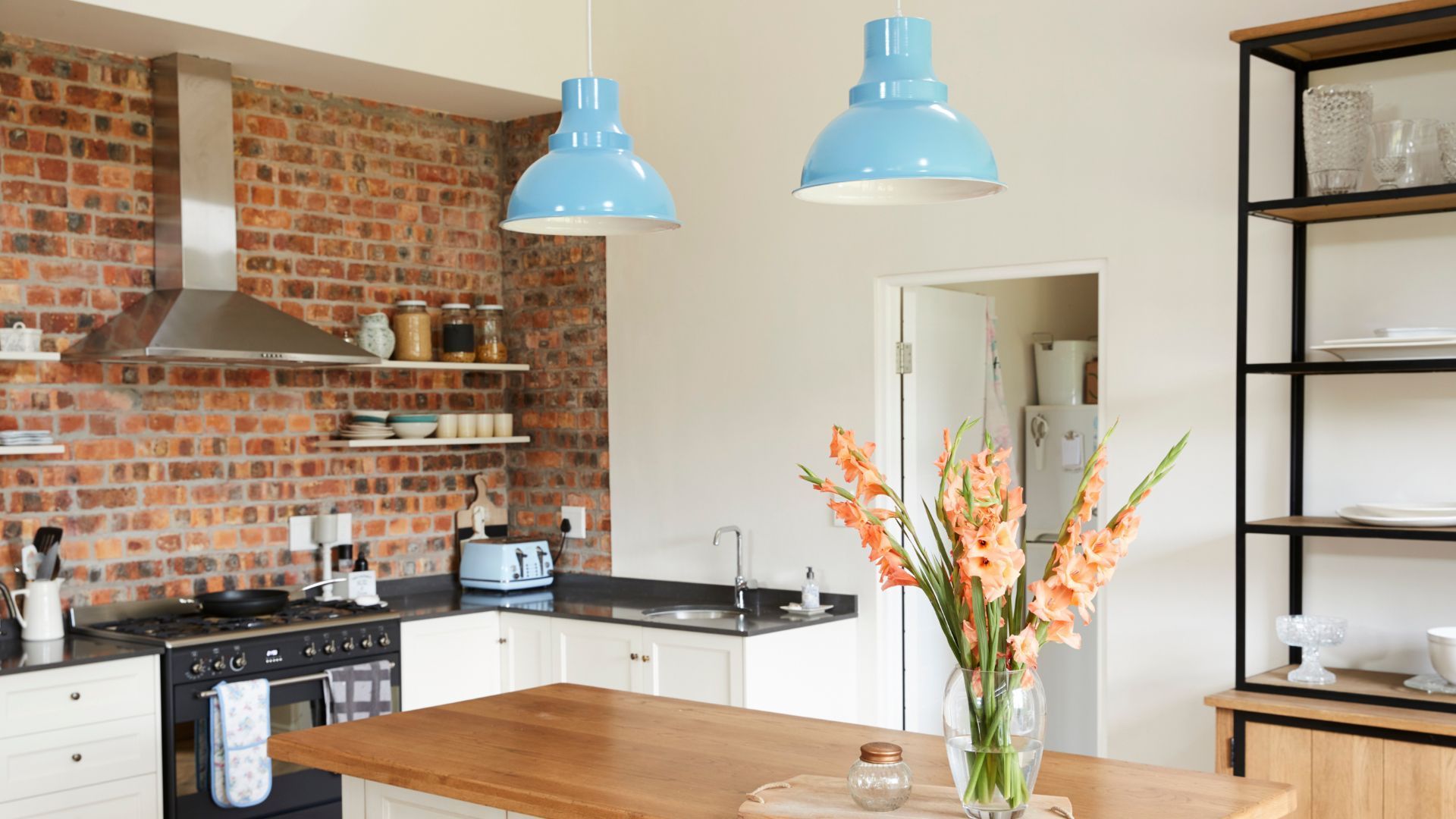
A Rhode Island home benefits from intentional interior paint choices that balance coastal light, historic architecture, and modern lifestyle needs. This guide explains the top color trends, the brand attributes that matter for coastal durability and low-VOC health concerns, and when to bring in professional help for flawless execution. Homeowners will learn which warm neutrals, nature-inspired greens, moody blues, and terracotta tones work best in Newport, Bristol, and other Rhode Island towns, plus how finishes and product selection influence longevity and resale appeal.
Many Rhode Island houses face higher humidity, salt air, and bright seaside light, so the article shows how to select durable, mildew-resistant options and eco-friendly paints for healthy indoor air. We'll cover trending palettes, a checklist for choosing brands, coastal palette applications, decision guidance for DIY versus hiring professionals, and resale-focused finish recommendations. Throughout, expect practical lists, comparison tables, and localized advice for Rhode Island interior paint options.
What Are the Trending Interior Paint Colors for Rhode Island Homes?
Trending interior paint colors for Rhode Island homes combine warm neutrals, nature-inspired greens, moody blues, and earthy terracottas to create rooms that feel both coastal and rooted. These palettes work because they react favorably with coastal light—blues reflect the sea, greens bridge indoor-outdoor transitions, neutrals warm historic millwork, and terracotta adds grounding contrast. Choosing these families improves perceived comfort and adapts well to varied materials like wide-plank wood, beadboard, and stone found in local homes. Below, we detail the primary subfamilies and give pairing ideas to help homeowners pick room-specific shades and accents.
Which Warm Neutrals Best Complement Rhode Island Interiors?
Warm neutrals such as soft beige, clay-tinted taupe, and warm greige create a welcoming base that complements period millwork and coastal sunlight. These tones reduce glare in bright seaside rooms while enhancing wood grain and natural fibers, making them ideal for living rooms and entryways. Use warmer neutrals on walls with crisp white or off-white trim to preserve historic character while keeping spaces modern and inviting. For practical pairing, combine a warm, greige wall with honey-toned floors and linen textiles to balance light reflection and warmth for year-round comfort.
How Do Nature-Inspired Greens Enhance Rhode Island Home Aesthetics?
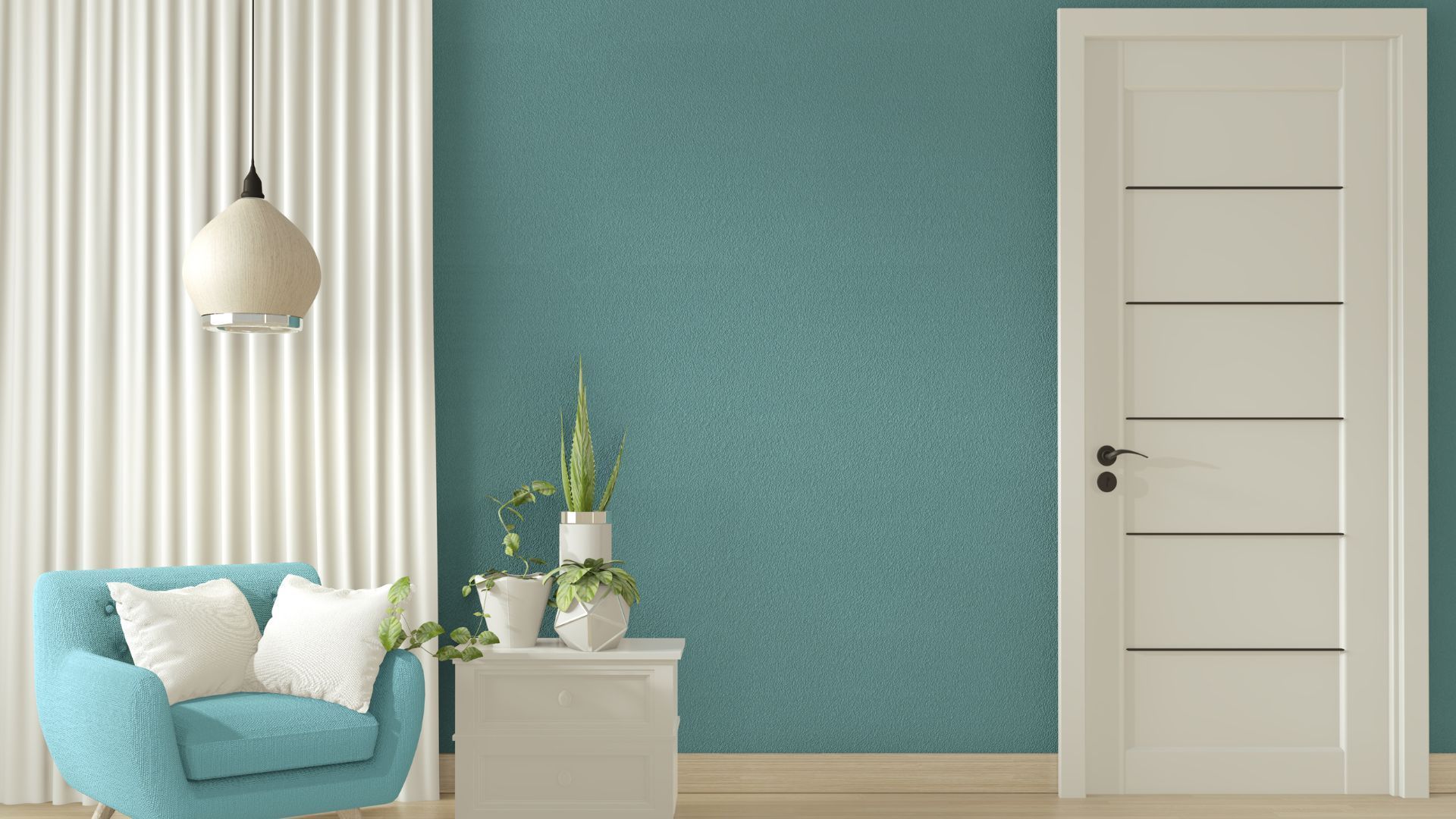
Sage, olive, and muted forest greens bring the exterior landscape into kitchens, bedrooms, and sunrooms while promoting a calming atmosphere. Greens function as both a neutral alternative and an accent that pairs with painted cabinetry, brass hardware, and natural stone surfaces frequently found in Rhode Island homes. In kitchens, a soft sage on lower cabinets with a lighter neutral on walls creates depth without overpowering coastal light. For bedrooms, deeper olive tones on an accent wall support restful spaces that still feel connected to coastal flora and landscape.
What Moody Blues and Charcoals Are Ideal for Rhode Island Homes?
Deep navy, storm-blue, and charcoal tones add drama and sophistication suitable for dining rooms, entryways, and accent walls in historic and contemporary homes alike. Moody blues reference the nearby ocean and harbor views while charcoal provides a modern backdrop that highlights brass, mahogany, and sculptural lighting. Use moody tones sparingly on focal walls, ceilings, or built-ins to avoid shrinking small rooms; contrast with lighter trims to preserve architectural detail. These hues work especially well in homes with abundant natural light, where reflections bring out subtle undertones.
Which Earthy Terracotta and Rust Colors Create Cozy Spaces?
Terracotta, rust, and warm clay shades create an immediate sense of warmth and intimacy, ideal for dining rooms, fireplaces, and cozy reading nooks. These colors ground rooms with organic appeal and pair beautifully with warm neutrals, woven textiles, and matte brass accents common in Rhode Island interiors. Deploy terracotta as an accent wall or in alcoves to enrich texture without dominating an entire open-plan space. When paired with soft creams and wood tones, terracotta supports both historic charm and contemporary warmth in coastal properties.
How Do You Choose the Best Interior Paint Brands for Rhode Island Homes?
Choosing the best interior paint brands for Rhode Island homes requires weighing durability, VOC level, finish options, coverage, and coastal suitability to handle humidity and salt air. Good selection starts with identifying the room’s function, desired finish, and health preferences such as low-VOC or zero-VOC formulations. The right brand will balance coverage and scrubability for high-traffic areas, mildew resistance where humidity is a concern, and a color palette that matches local light and architectural style. Below is a practical checklist and a concise brand comparison to help homeowners decide efficiently.
Different paint brands offer distinct trade-offs across durability, VOC levels, and coastal suitability. The table below summarizes key attributes for quick comparison and decision-making.
| Brand | Key Attribute | Best Use in RI Homes |
|---|---|---|
| Benjamin Moore | Color range and finish quality | Historic trim, living rooms, high-finish detail |
| Sherwin-Williams | Durability and coverage | High-traffic rooms, kitchens, and long-lasting finishes |
| Behr | Cost-effectiveness and coverage | Budget-friendly full-room redecorations |
| Valspar | Mid-tier performance and color selection | Rental units and practical living spaces |
This comparison clarifies which brands align with different priorities, and it helps homeowners narrow options before sampling swatches and test patches. The next checklist outlines decision criteria to use when evaluating formulas and product lines.
- Prioritize low-VOC formulas for indoor air quality and family health.
- Choose finishes with high scrubability for kitchens and children’s rooms.
- Look for mildew- and fade-resistant lines for coastal-facing spaces.
This checklist leads naturally to brand-specific considerations and how to sample before committing.
What Makes Benjamin Moore a Top Choice for Rhode Island Interiors?
Benjamin Moore is prized for its expanded color palettes, precise tints, and high-quality finish products that suit trim, cabinetry, and refined interiors. The brand’s product lines often include low-VOC options and specialty finishes that hold up in formal rooms while maintaining color integrity under varied coastal light. For historic homes, Benjamin Moore’s depth of neutral and period-appropriate shades preserves architectural character while enabling modern updates.
Consider sampling multiple swatches inside the actual room at different times of day to evaluate undertones against Rhode Island's natural light.
Why Is Sherwin-Williams Recommended for Durable Interior Paint?
Sherwin-Williams is noted for dependable durability, strong coverage, and product lines engineered for longevity in higher-traffic and moisture-prone areas. Their finishes typically offer good scrub resistance and hold up well on kitchen walls, mudrooms, and entryways where sand and salt tracking are common. For coastal homes, select lines with enhanced moisture performance and consider satin or semi-gloss where frequent cleaning is expected. Maintenance planning—periodic touch-ups and proper ventilation—will extend finish life and preserve appearance.
How Do Behr and Valspar Compare for Rhode Island Home Painting?
Behr and Valspar provide competitively priced options with solid coverage that suit budget-conscious full-room projects and rental properties. These brands can deliver good color consistency and reasonable durability when proper preparation and primer use are applied. For homeowners seeking mid-tier performance, Valspar offers balanced choices, while Behr often presents value-oriented formulations with acceptable longevity. Use a quality primer, especially on new drywall or patched surfaces, to maximize adhesion and reduce the need for multiple topcoats.
What Coastal-Inspired Interior Paint Colors Suit Rhode Island Homes?

Coastal-inspired palettes for Rhode Island focus on soft blues, sea-glass greens, sandy neutrals, and driftwood greys that echo shoreline hues and diffuse bright coastal light. These families enhance rooms by reflecting sky and water tones subtly into interiors, creating a relaxed, airy atmosphere that suits both historic cottages and modern seaside condos. Coastal colors should be paired with natural fibers, light woods, and crisp trim to maintain a fresh, layered look. Below are practical palette examples and how to deploy them by room type.
Which Coastal Colors Reflect Rhode Island’s Seaside Charm?
Coastal color examples include pale sea-glass green for sunrooms, soft sky blue for bedrooms, sandy beige for open-plan living, and driftwood grey for transitional areas. These tones work because they moderate intense daylight while visually connecting interior spaces to outdoor views. Use lighter coastal hues on three walls and a slightly deeper accent on built-ins or a single wall to add definition without overpowering rooms. Fabrics and natural textures enhance the effect and create a cohesive seaside palette.
How Do Coastal Paint Colors Complement Newport and Bristol Homes?
In Newport and Bristol, coastal paint colors should respect historic trim, exposed beams, and traditional moldings while enhancing bright harbor light in front-facing rooms. Softer blues on walls pair well with white trim and beadboard, while muted greens work with local landscaping views visible from kitchen windows. For formal rooms, consider deeper coastal tones on paneling or wainscoting to emphasize period details and create elegant contrast. The next section helps decide when to hire professionals for these nuanced applications.
When Should You Hire Professional Interior Painting Services in Rhode Island?
Hiring a professional interior painting service in Rhode Island is wise for complex trim work, large-scale projects, historic restorations, or when color consultation and flawless application matter for resale. Professionals provide efficiency, consistent finish quality, and practical knowledge about preparing older surfaces and selecting durable products that suit coastal humidity and salt exposure.
Consider professional help when project complexity, time constraints, or desired finish quality exceed DIY comfort levels. The table below helps compare DIY vs professional choices across common decision attributes.
| Service Choice | Attribute | Typical Outcome |
|---|---|---|
| DIY | Cost savings | Lower labor cost, more time required |
| Professional | Finish quality | Even coverage, precise trim, and detail work |
| Professional + Consultation | Color guidance | Tailored palette selection, faster completion |
This table highlights that hiring professionals often yields better finish quality and time savings, especially when paired with a color consultation. Below are common scenarios when hiring is recommended.
- Complex trim, decorative molding, or historic detail restoration requiring precision.
- Whole-house repaints or multi-room schedules where time and coordination matter.
- When homeowners want expert color consultation to match the architecture and light.
These scenarios lead to specific benefits and a practical cost overview for Rhode Island projects.
What Are the Benefits of Hiring Rhode Island Interior Painting Experts?
Hiring Rhode Island painting experts delivers consistent, high-quality finishes, faster completion timelines, and expert surface preparation that reduces failures and future maintenance. Professionals also bring experience with local materials and climate impacts—such as humidity-related adhesion issues—and can recommend mildew-resistant and durable formulations.
Many providers include color consultation services that tailor palettes to your home's architecture and natural light, which streamlines decision-making. This expertise reduces rework, protects historic detail, and results in a more polished final appearance.
How Much Do Interior Painting Services Cost in Rhode Island?
Interior painting costs in Rhode Island vary by square footage, degree of surface preparation, number of coats, and finish selection; typical estimates are presented as ranges and depend on project specifics. Key cost drivers include prep work (repairs, caulking, priming), high ceilings or complex trim, specialty finishes, and the need for multiple colors or accent walls. To get an accurate quote, request on-site assessments and itemized estimates that separate labor, materials, and any consultation fees. Securing written proposals with scope and timelines helps compare providers fairly and sets clear expectations for quality and completion.
| Decision Factor | Influence on Cost | Notes |
|---|---|---|
| Prep & Repairs | High | Old plaster or extensive patching raises cost |
| Number of Coats | Medium | Extra coats increase materials and labor |
| Color Consultation | Low–Medium | Adds upfront expertise, reduces costly color changes |
After evaluating cost factors and benefits, homeowners may prefer professional services for complex work and to ensure long-term finish performance. For those seeking local support, one option is to consider Interior painting services, including color consultation and selection of high-quality paint products tailored for Rhode Island homes. Engaging a service that offers color consultation can streamline selections and ensure durable, aesthetically pleasing outcomes.
How Can Interior Paint Choices Maximize Your Rhode Island Home’s Value?
Strategic interior paint choices can increase resale appeal by creating neutral, well-lit spaces, highlighting architectural details, and choosing finishes that stand up to wear. Neutral families, subtle coastal palettes, and well-executed accent touches help buyers visualize living spaces while durable finishes reduce perceived maintenance needs. Selecting low-VOC products and mildew-resistant formulations also appeals to health-conscious buyers and supports long-term marketability. The table below maps color families and finishes to perceived resale impact and recommended rooms.
| Color Family / Finish | Perceived Resale Appeal | Recommended Rooms |
|---|---|---|
| Warm Neutrals | High | Living rooms, entryways, bedrooms |
| Coastal Blues/Greens | Medium-High | Sunrooms, kitchens, bathrooms |
| Moody Accents (charcoal/navy) | Medium | Dining rooms, accent walls |
| Matte/Eggshell (living) | High | Most living areas |
| Satin/Semi-gloss (trim/kitchen) | High | Trim, kitchens, bathrooms |
This mapping helps sellers and renovators prioritize paint investments where they yield the strongest return and longevity. The next list outlines finish recommendations by room to guide selection.
- Matte or eggshell in living spaces for a modern, forgiving appearance.
- Satin for hallways and bedrooms to balance subtle sheen and cleanability.
- Semi-gloss for trim, doors, and kitchens to resist scuffs and moisture.
These finish recommendations improve durability and buyer perception while matching practical maintenance needs.
Which Paint Colors Increase Appeal for Rhode Island Homebuyers?
Colors that broadly increase appeal include warm neutrals, soft coastal greens and blues, and restrained accent tones that highlight architectural features while allowing buyers to imagine their finishes. Avoid over-saturated or highly personal colors on main living surfaces; instead, reserve bolder hues for accents in secondary rooms. Neutral wall colors combined with tasteful accent walls help spaces feel updated without alienating potential buyers. Moderation in color choices supports broad marketability and speeds resale processes.
What Are the Best Paint Finishes for Longevity and Style?
Matching finishes to room function increases longevity: matte or eggshell in living areas for visual smoothness, satin in bedrooms and hallways for balanced cleanability, and semi-gloss on trim and cabinetry for durability and moisture resistance. High-traffic rooms benefit from finishes that tolerate scrubbing and resist staining, while lower-traffic spaces can use flatter sheens that minimize surface imperfections. Proper surface prep and using recommended primers enhance adhesion and reduce long-term maintenance. Implementing these finishing strategies preserves appearance and supports resale value.
Interior painting services, including color consultation and selection of high-quality paint products tailored for Rhode Island homes, are available to help homeowners implement these palette and finish recommendations with professional execution. Engaging a consultation can ensure color choices, product lines, and finish selections align with both aesthetic goals and the coastal performance requirements of Rhode Island properties.
